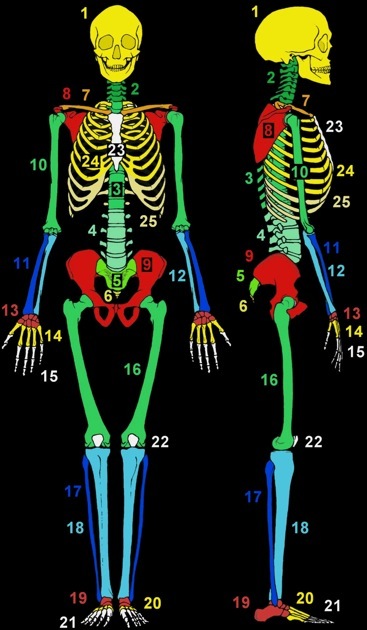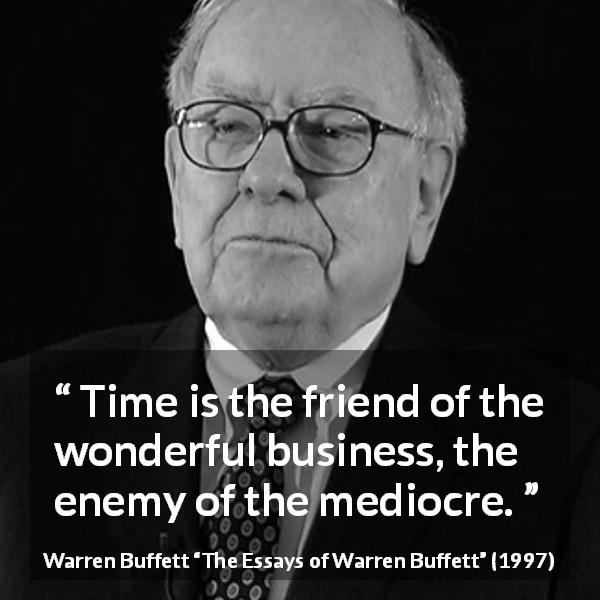Bone and joint system
Bone and joint system
Body movements are achieved through the cooperation of the skeleton (bone structure), joints, and muscles.
Any movement requires the coordination of several bones, muscles, and tendons. This synchronization is achieved by the nervous system.
The skeleton
The name "skeleton" comes from a Greek word ( ò skeletos) which means "the parched".
The skeleton
represents about 20% of our body weight. It is made up of about 200 elements: bones. The bones of the skeleton all have a Latin name and sometimes also a French name. We are not going to learn 200 names here. We're just going to learn about 30 of them, the most important ones.
The names of the bones.
The names of the bones
1. skull
2 . the cervical vertebrae
3. the thoracic vertebrae
4 . the lumbar vertebrae
5 . the sacrum
6 . the coccyx
7. the clavicle
8 . the scapula
9. the pelvis
10 . the humerus
11 . the radius
12 . the ulna
13. the carp (wrist)
14. the metacarpus (palm)
15 . the phalanges (fingers)
16. the femur
17. the fibula
18. the tibia
19. the tarsus (ankle)
20. the metatarsal (plant)
21. the phalanges (toes)
22. the patella
23 . the sternum
24. the real coasts
25. false ribs and floating ribs
To simplify, the skeleton consists of 3 parts:
 The belts make it possible to attach the limbs to the trunk: the clavicles and the shoulder blades form the anterior belt while the bones of the pelvis form the posterior belt.
The belts make it possible to attach the limbs to the trunk: the clavicles and the shoulder blades form the anterior belt while the bones of the pelvis form the posterior belt.
The functions of the skeleton
- It supports the body, bears the weight of all the organs, and allows you to stand upright. It is the bony framework of the body.
- It protects certain vital organs: the skull protects the brain; the rib cage protects the heart and lungs.
- It stores certain minerals and chemical elements such as calcium (Ca) and acts as a reserve for the whole body. If the body needs calcium, it can draw it from the bones (at the risk of weakening them).
- It allows the muscles to be attached to the tendons. The articulated skeleton associated with the muscles allows movement.
- It produces blood cells: the globules.
















Comments